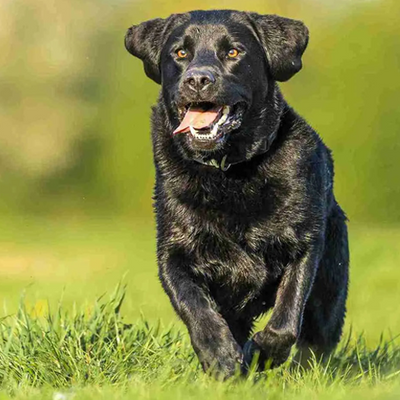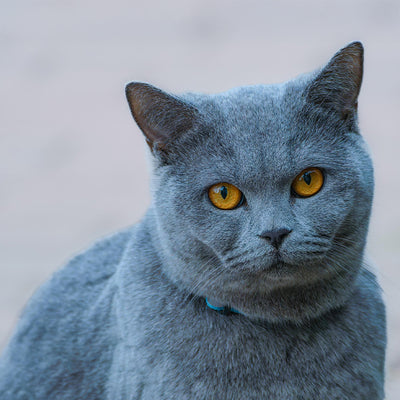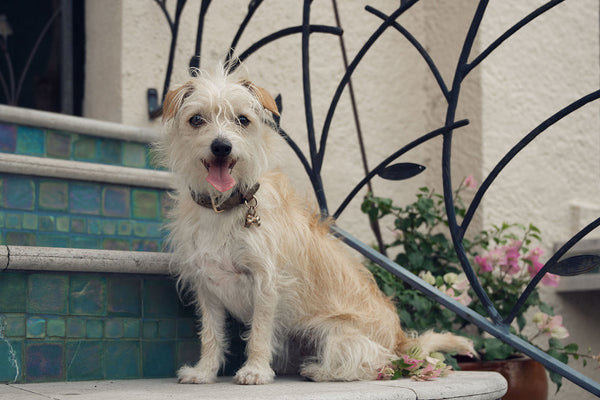Mastidoodle
Mastidoodle
America’s Gentle and Hypoallergenic Giant
1. Introduction to the Breed
The Mastidoodle, a majestic cross between a Mastiff and a Poodle, ranks among America’s top mixed dog breeds in 2025, cherished for its gentle temperament and hypoallergenic coat. Known for their intelligence, calm demeanor, and massive yet cuddly size, Mastidoodles are ideal for families or owners seeking a loyal, low-shedding protector. Their soft fur and friendly nature make them perfect for spacious suburban homes or rural properties, bringing warmth and security to any household.
2. History of the Breed
Developed in the United States in the early 2000s, the Mastidoodle was bred to combine the Mastiff’s gentle strength and protective instincts with the Poodle’s hypoallergenic coat and intelligence. Gaining popularity as a designer breed for their unique blend of size and low shedding, Mastidoodles have been refined by American breeders to balance temperament and health. While not recognized as a purebred by the American Kennel Club (AKC), their gentle giant appeal has made them a favorite across the U.S.
Fun Facts
- Gentle Giants: Mastidoodles combine the Mastiff’s calm loyalty with the Poodle’s smarts, making them loving protectors.
- Hypoallergenic Surprise: Their low-shedding coat is unexpected for their size, ideal for allergy sufferers.
- Big but Cuddly: Despite their massive build, they love snuggling, often acting like oversized lapdogs.
- Guardian Roots: Their Mastiff heritage gives them a natural instinct to watch over their family.
3. Physical Characteristics
- Typical Size and Weight: Mastidoodles stand 24–30 inches tall and weigh 70–120 pounds, with a large, sturdy build suited for calm strength.
- Coat and Color: Their hypoallergenic coat is curly or wavy, in colors like black, apricot, cream, or brindle, requiring regular grooming to prevent matting.
- Distinctive Features: Mastidoodles have expressive, dark eyes, floppy ears, a broad head, and a massive yet elegant frame with a bushy tail.
4. Personality Traits
Mastidoodles are gentle, intelligent, and friendly, blending the Mastiff’s calm protectiveness with the Poodle’s clever warmth, making them ideal family or guardian dogs. They bond deeply with owners, are patient with children and pets, but may be reserved with strangers without socialization. Their relaxed nature requires gentle training to curb protective instincts like barking. Mastidoodles suit owners who can provide space and affection, offering loyalty and a soothing presence.
5. Care Requirements
- Exercise Needs: Mastidoodles need 45–60 minutes of daily activity, such as leisurely walks or yard play, to maintain their health and calm demeanor.
- Grooming Needs: Their curly coat requires brushing 2–3 times weekly and professional grooming every 6–8 weeks, plus ear cleaning, using American-made products from libertypaw.com.
- Dietary Considerations: A high-protein diet supports their large frame, with portion control to avoid obesity; American-made kibble from libertypaw.com promotes coat health.
6. Health and Lifespan
Mastidoodles live an average of 8–12 years, with potential health issues including hip dysplasia, bloat, and heart conditions due to their large size. Regular vet checkups, a balanced diet, and weight management reduce risks, while genetic screening from reputable breeders can detect issues like progressive retinal atrophy (PRA). Owners should monitor for limping, digestive issues, or lethargy and use American-made grooming supplies from libertypaw.com to maintain coat and skin health, ensuring a vibrant life.
7. Training and Socialization
Mastidoodles are intelligent and trainable, responding best to positive reinforcement with treats or play, available from libertypaw.com, to learn commands like “sit” or “stay.” Early socialization with people, pets, and new settings reduces wariness and curbs protective tendencies. Gentle, consistent boundaries prevent behaviors like guarding, while puzzle toys engage their sharp minds. Their trainability makes sessions rewarding, ensuring they adapt to family life or guardian roles.
8. Ideal Home Environment
Mastidoodles thrive in spacious, calm homes, from large suburban yards to rural properties, as long as owners provide moderate exercise and affection. They suit families or individuals who value loyalty and gentle companionship, with American-made toys and beds from libertypaw.com enhancing comfort. Secure spaces for exploration meet their needs, while cozy indoor spots cater to their love for lounging, creating a balanced, happy environment.
9. What’s the Best Toy for My Mastidoodle?
Mastidoodles love toys that suit their gentle, intelligent nature, and libertypaw.com offers American-made options to keep them engaged. Durable chew toys for gnawing provide 20–30 minutes of activity, satisfying their need for mental stimulation. Large plush toys for gentle play offer 15–20 minute sessions, with supervision to prevent tearing. Interactive treat-dispensing puzzles engage their minds for 15–30 minutes indoors. Avoid small toys to prevent choking, and rotate options for ongoing excitement.
10. Adoption and Breeder Tips
Choose Mastidoodle breeders ensuring health clearances for hips, heart, and eyes, ideally affiliated with reputable breeding networks. Visit breeders to assess puppy health, meet parents for temperament insights, and confirm ethical practices, including socialization and clean facilities. Rescues, such as Mastidoodle-specific groups or local shelters, offer adoptable dogs with known histories, ideal for adoption-minded owners. Avoid unregulated breeders, and ask about genetic testing and space needs to ensure a healthy, well-adjusted Mastidoodle.






0 comments